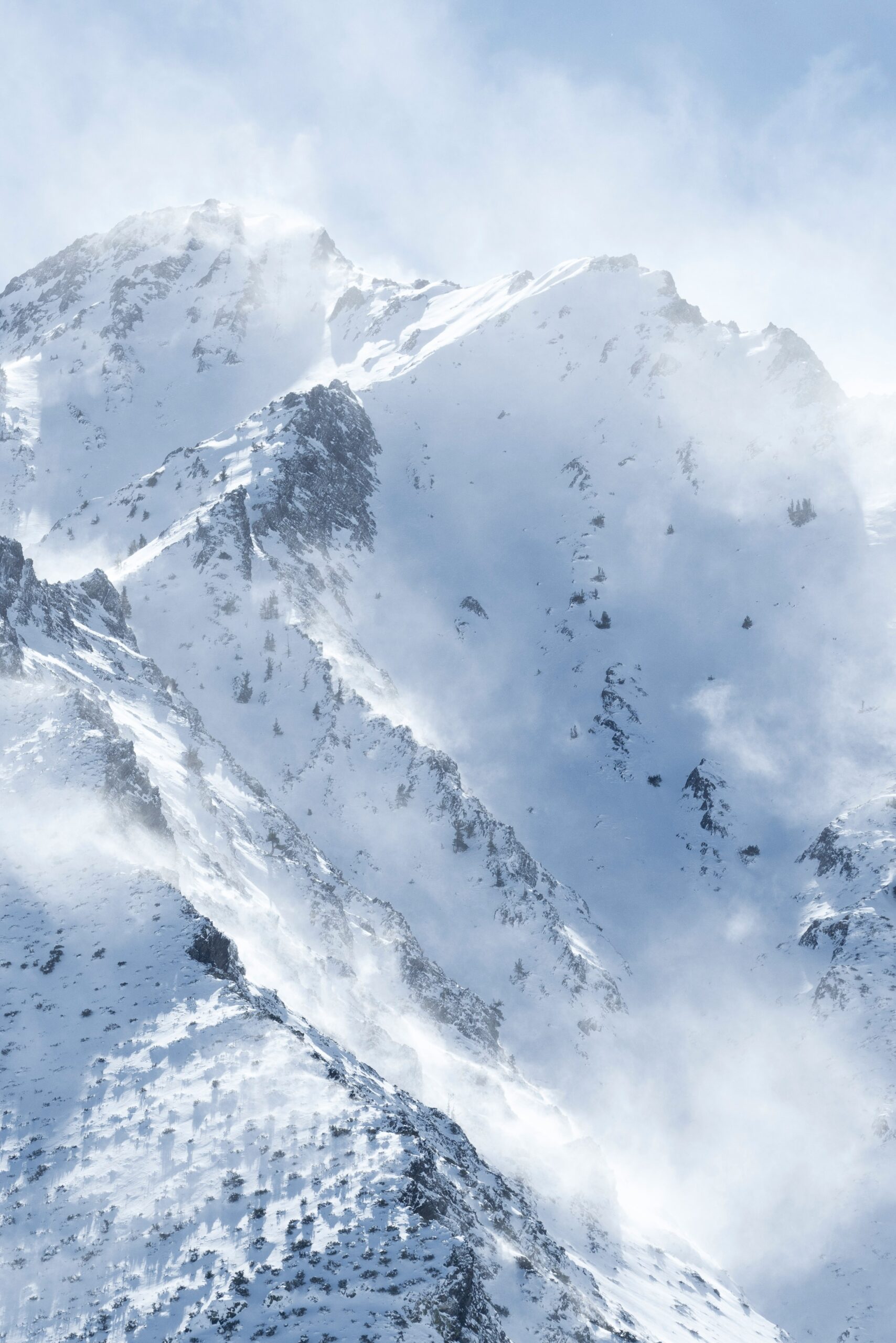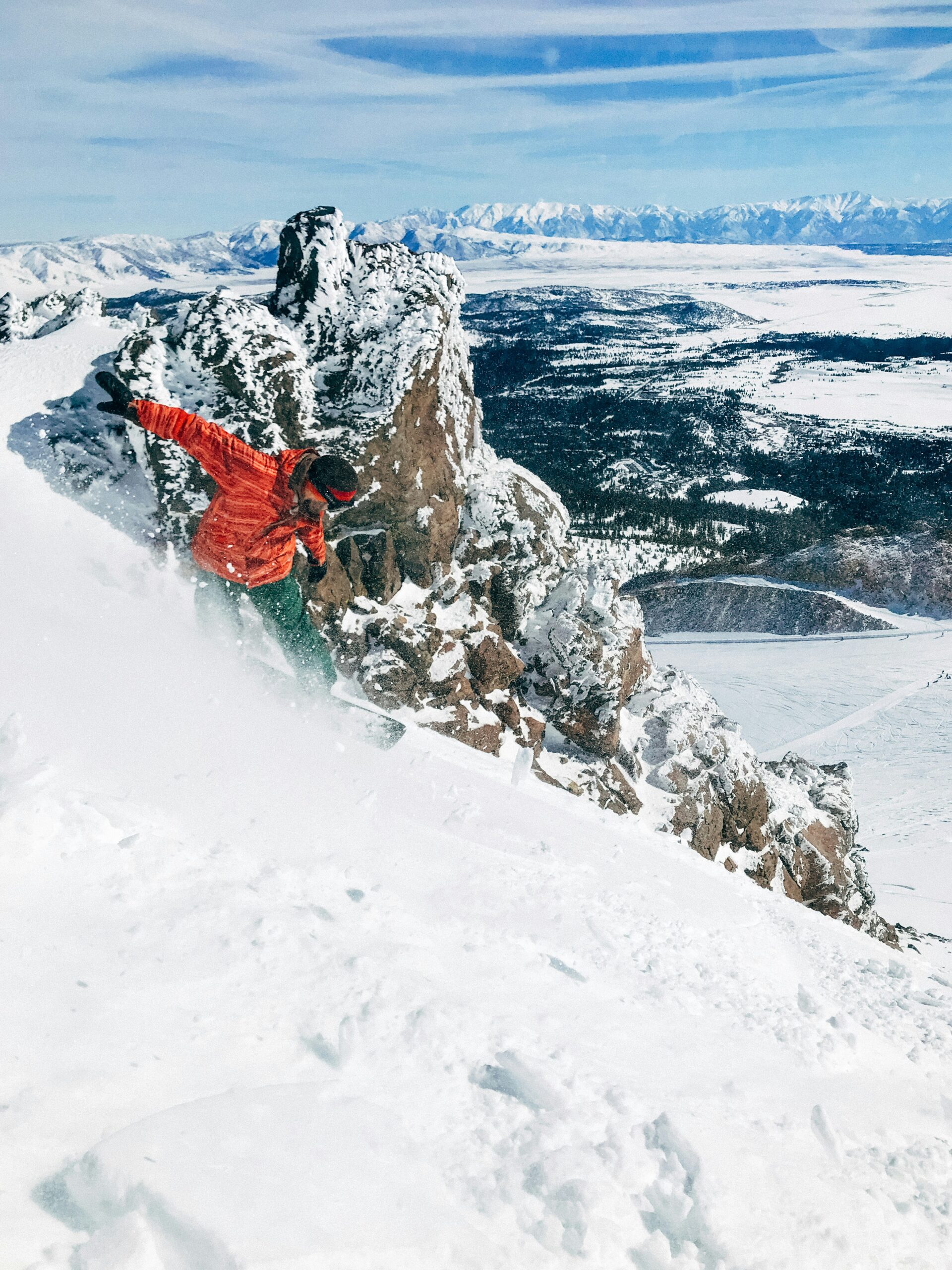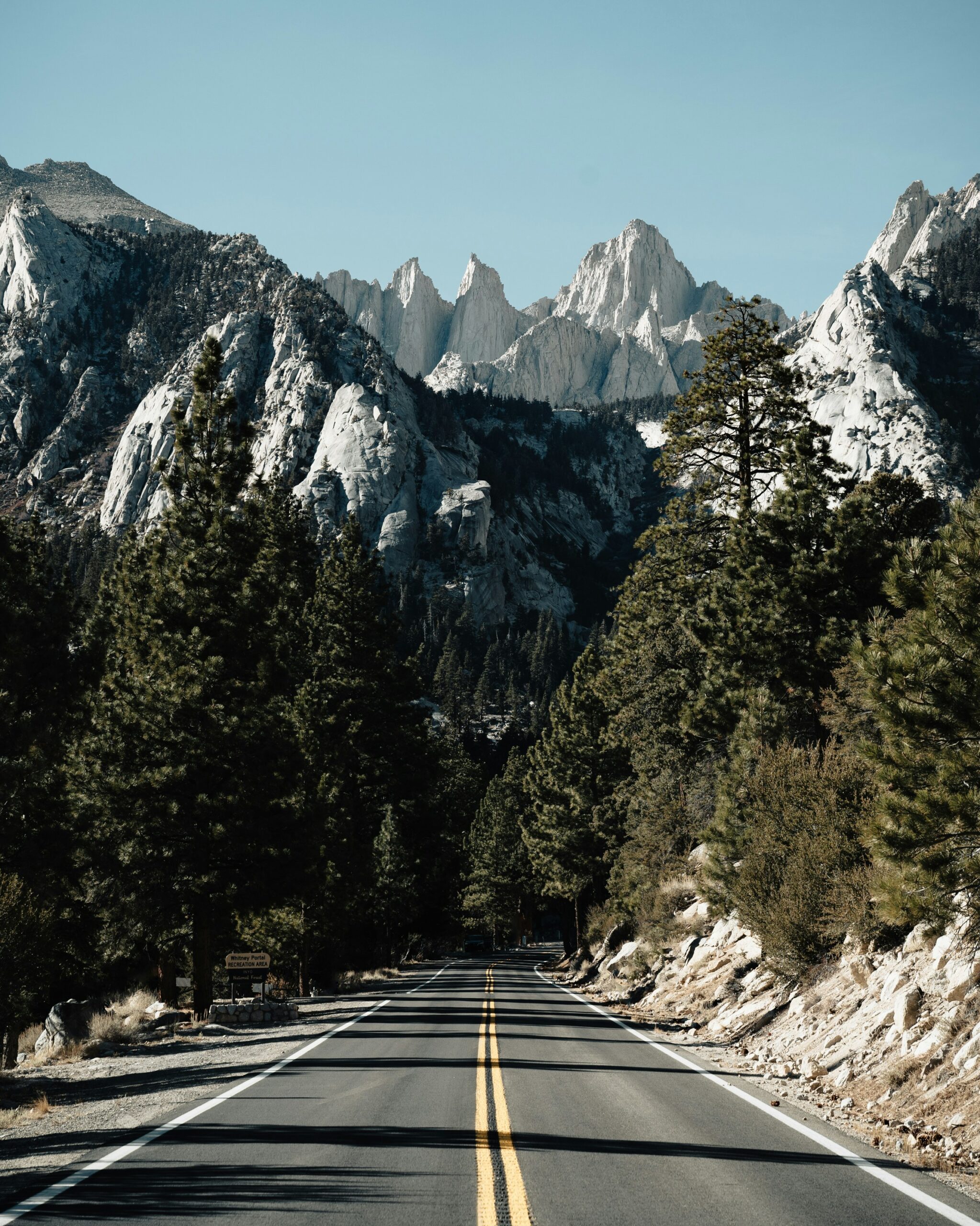Snow Weather Forecast California 2024: Winter Wonderland Coming Soon!
Winter is approaching, and you're probably wondering what kind of snow season California will have in 2024. Well, we've got some exciting news for you! California is expected to see better snowfall in 2024 compared to recent years, with major ski states likely to experience average temperature and snowfall levels.
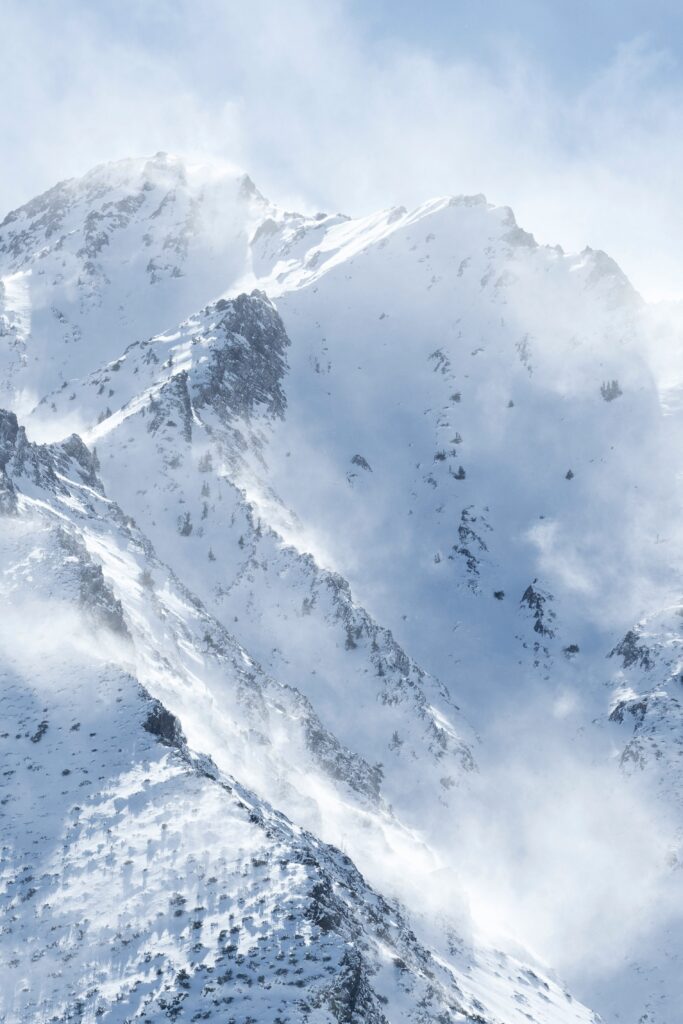
Are you ready to hit the slopes? The National Weather Service and Climate Prediction Center have been working hard to provide us with the most accurate forecasts possible. While specific details are still emerging, early indications suggest a promising winter for snow enthusiasts across the Golden State.
Keep in mind that weather patterns can be unpredictable, so it's always a good idea to stay updated on the latest forecasts. Whether you're planning a ski trip or just hoping for a picturesque white landscape, California's 2024 snow season might just deliver the winter wonderland you've been dreaming of.
Snow Weather Forecast California 2024: Winter Wonderland Coming Soon!
Understanding Weather Systems
Weather systems play a crucial role in shaping California's snow forecast for 2024. You'll find that two major factors influence the state's winter weather patterns.
Role of the Pacific Northwest
The Pacific Northwest significantly affects California's snowfall. You'll notice that storms originating in this region often bring moisture-laden air to the state. These systems can lead to heavy snowfall in the Sierra Nevada mountains.
When cold air from Alaska meets warm, moist air from Hawaii, it creates ideal conditions for snow. This phenomenon, known as the “Pineapple Express,” can dump feet of snow in a short time.
Wind patterns from the Pacific Northwest also influence snow distribution. Strong westerly winds can push storms inland, increasing snowfall in higher elevations.
Impact of the Rockies
The Rocky Mountains have a big influence on California's snow patterns. You'll see that these mountains act as a barrier, affecting how storms move across the state.
When storms hit the Rockies, they often split. This splitting can create two scenarios for California:
- Some storms weaken, resulting in less snow for the state.
- Others intensify, bringing more precipitation to certain areas.
The Rockies also create a rain shadow effect. This means that areas east of the mountains receive less moisture, while western slopes get more snow.
High-pressure systems forming over the Rockies can push cold air southward, increasing the chance of snow in California's mountain regions.
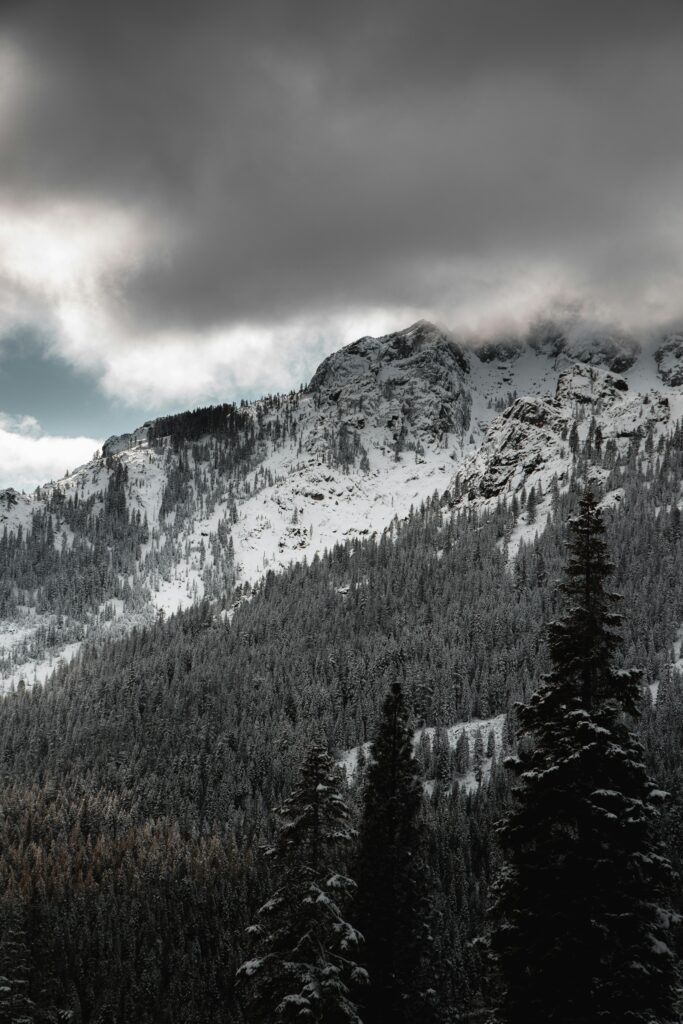
California's Climate Zones
California's diverse geography creates distinct climate zones that influence winter weather patterns. These zones range from coastal areas to inland valleys and mountainous regions, each with unique characteristics.
Coast vs. Inland Variations
You'll notice significant differences between coastal and inland areas in California. Along the coast, temperatures tend to be milder due to the moderating influence of the Pacific Ocean. Winters here are generally cool and wet, with less extreme temperature fluctuations.
Inland areas, however, experience more pronounced seasonal changes. You'll find colder winters and hotter summers as you move away from the coast. The Central Valley, for example, can have chilly, foggy winters with occasional frost.
In Northern California, you might encounter more rainfall and cooler temperatures compared to the southern parts of the state. The Sierra Nevada mountain range plays a crucial role in creating a rain shadow effect, influencing precipitation patterns across the state.
Microclimates
California's varied topography creates numerous microclimates – small areas with distinct weather patterns. You'll find these unique pockets throughout the state, often just miles apart.
In the San Francisco Bay Area, you might experience foggy, cool conditions near the coast, while just a short drive inland brings warmer, sunnier weather. Similarly, in Southern California, coastal areas like Santa Monica can be significantly cooler than nearby inland valleys.
Mountain regions like the Sierra Nevada have their own microclimates. As you ascend in elevation, you'll notice temperatures dropping and snowfall increasing. These areas are crucial for California's water supply, with winter snowpack in the mountains feeding rivers and reservoirs throughout the year.
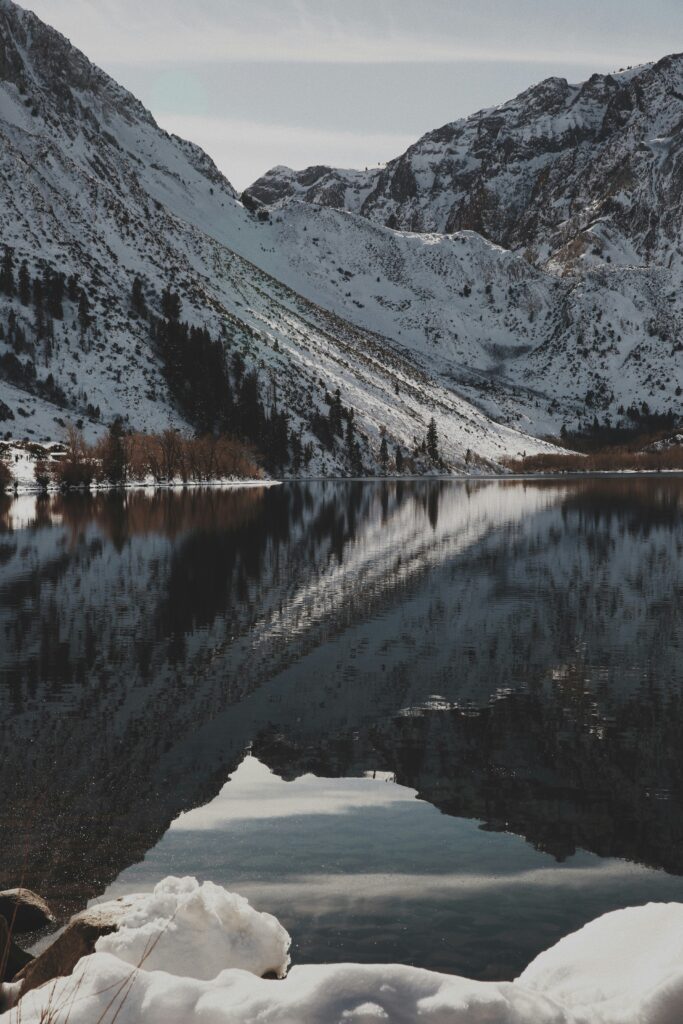
Seasonal Snowfall Analysis
California's winter wonderland brings varied snowfall patterns across regions. You'll find unique snow trends in the Sierra Nevada and Northern California, shaping winter activities and water resources for the year ahead.
Sierra Nevada Patterns
The Sierra Nevada mountain range is your go-to for winter adventures. Snowfall predictions for 2024-2025 suggest an interesting season ahead. You might see less snow early on, but don't worry! The latter half could make up for it with above-average snowfall.
Here's a quick breakdown of expected monthly snowfall:
- November: 20″ (75% of average)
- December: 36″ (67% of average)
- January: 76″ (117% of average)
- February: 124″ (181% of average)
- March: 115″ (232% of average)
Pack your gear accordingly! Early season trips might have less powder, but late-winter excursions could offer epic snow conditions.
Northern California
Your Northern California snow experience will likely vary this season. The Pacific Northwest is expected to see cooler-than-average conditions, which could influence Northern California's snowfall.
Keep an eye on areas like Mount Shasta and Lassen Volcanic National Park. These spots often get significant snowfall, even when other parts of the state are drier. Remember to check local forecasts before heading out, as conditions can change quickly in mountainous areas.
For the most up-to-date info, you can always rely on the National Snow Analyses from NOAA. They provide real-time data on snow depth and water equivalent, helping you plan your winter activities with confidence.
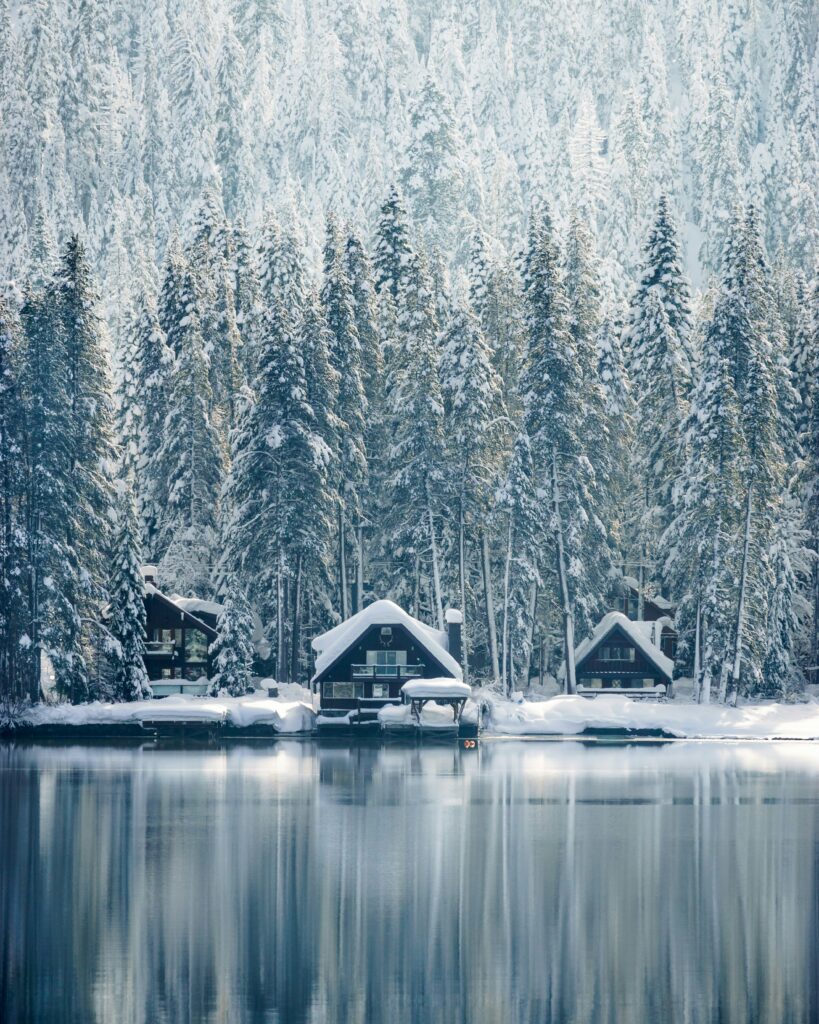
2024 Winter Weather Outlook
The upcoming winter season brings unique weather patterns across California. Forecasts suggest varying conditions from north to south, with potential impacts on precipitation and temperatures throughout the state.
California Weather Forecast
You can expect a mix of weather conditions in California for the 2024-2025 winter season. The Pacific Northwest may see cooler-than-average temperatures, which could influence Northern California's climate.
Southern California might experience a different scenario. You should prepare for potentially warmer and drier conditionsin this region.
Keep an eye out for winter weather advisories, especially if you're planning travel or outdoor activities. These advisories can help you stay safe and prepared for changing conditions.
Long-Term Predictions
Looking ahead, the winter outlook for California is shaped by larger climate patterns. A slowly-developing La Nina is expected to influence weather across the country.
For you in California, this could mean:
- Drier conditions in Southern California
- Possible increased precipitation in Northern California
- Fluctuating temperatures throughout the season
Remember, long-term predictions can change. It's a good idea to stay updated with local forecasts as winter approaches. You'll want to be ready for any sudden shifts in weather patterns that might affect your daily activities.
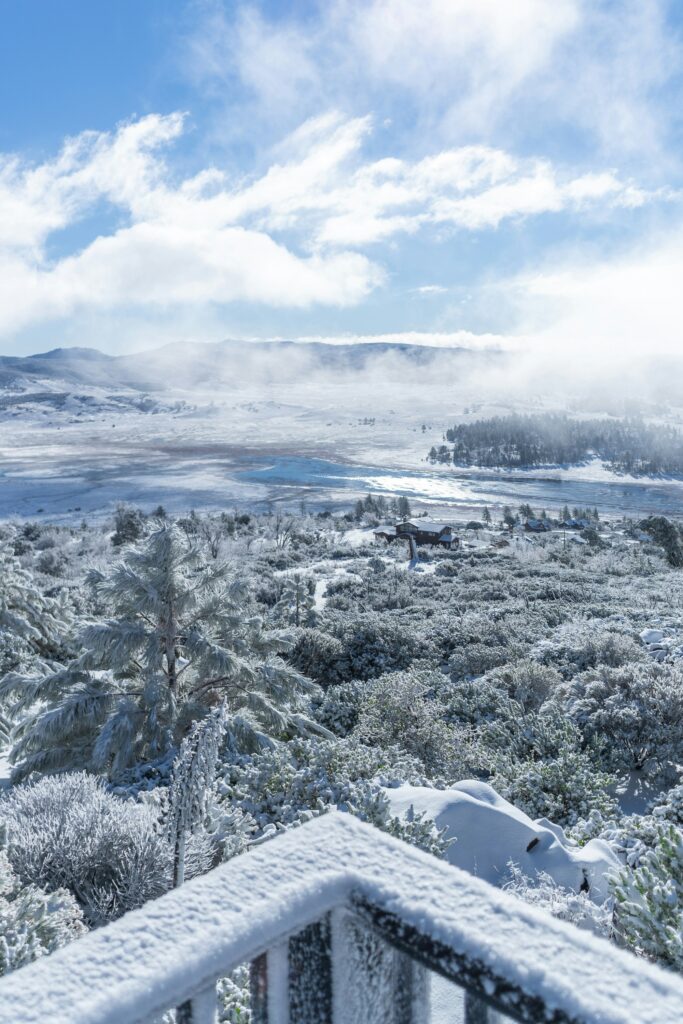
Monitoring Weather Advisories
Staying informed about winter weather conditions is crucial for your safety and preparedness. Keep an eye on official alerts and take necessary precautions to protect yourself and your property during severe winter weather events.
National Weather Service Alerts
The National Weather Service (NWS) is your go-to source for accurate and timely weather information. They issue winter weather advisories when snow, ice, or freezing rain are expected but not severe enough for a warning.
You can access NWS alerts through their website, mobile app, or local news stations. Pay attention to the specific details in these advisories, such as:
- Expected snowfall amounts
- Timing of the storm
- Potential impacts on travel
- Wind chill factors
Remember, conditions can change rapidly, so check for updates frequently during winter weather events.
Preparing for Winter Weather
Once you're aware of an impending winter storm, it's time to prepare. Here's a quick checklist to help you get ready:
- Stock up on essentials (food, water, medications)
- Prepare an emergency kit with flashlights, batteries, and blankets
- Ensure your vehicle has a full tank of gas and winter supplies
- Charge your phones and other devices
- Clear your gutters and trim overhanging branches
If you live in areas prone to heavy snowfall, like Lake Tahoe, consider investing in snow removal equipment. Stay warm and safe by dressing in layers and limiting your time outdoors during extreme cold.
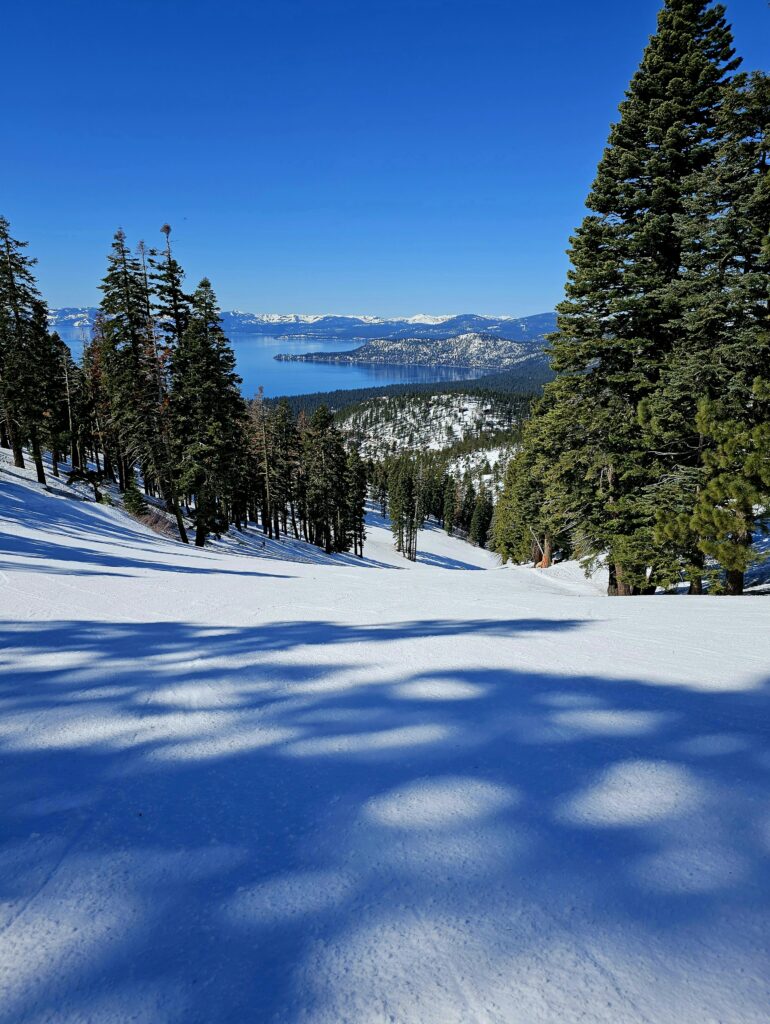
Weather Patterns Across Major Cities
California's diverse geography leads to varied winter weather across its major cities. You'll find distinct patterns in Sacramento, Fresno, and Medford, each with unique characteristics that shape the local winter experience.
Sacramento Climate
You'll notice Sacramento's winters are mild and wet. Average temperatures hover around 50°F (10°C) during the day and drop to about 40°F (4°C) at night.
Rainfall is common, with January typically being the wettest month. You can expect about 3.5 inches of rain per month during winter.
Snow is rare in Sacramento, but you might see a light dusting every few years. Fog is more common, especially in the mornings.
Weather in Fresno
Fresno's winters are cooler and drier than Sacramento's. You'll experience daytime highs around 55°F (13°C) and nighttime lows near 40°F (4°C).
Rainfall is less frequent, with about 2 inches per month during winter. You might see occasional frost, especially in December and January.
Tule fog is a unique feature of Fresno's winter weather. This dense ground fog can persist for days, reducing visibility and affecting your daily activities.
Medford Meteorology
In Medford, you'll encounter colder winters compared to the California cities. Daytime temperatures average around 47°F (8°C), while nights can dip below freezing.
You can expect more precipitation in Medford, with a mix of rain and snow. January is typically the snowiest month, with an average of 3 inches.
Clear, cold days are common in winter, but you should also be prepared for occasional winter storms that can bring significant snowfall to the region.
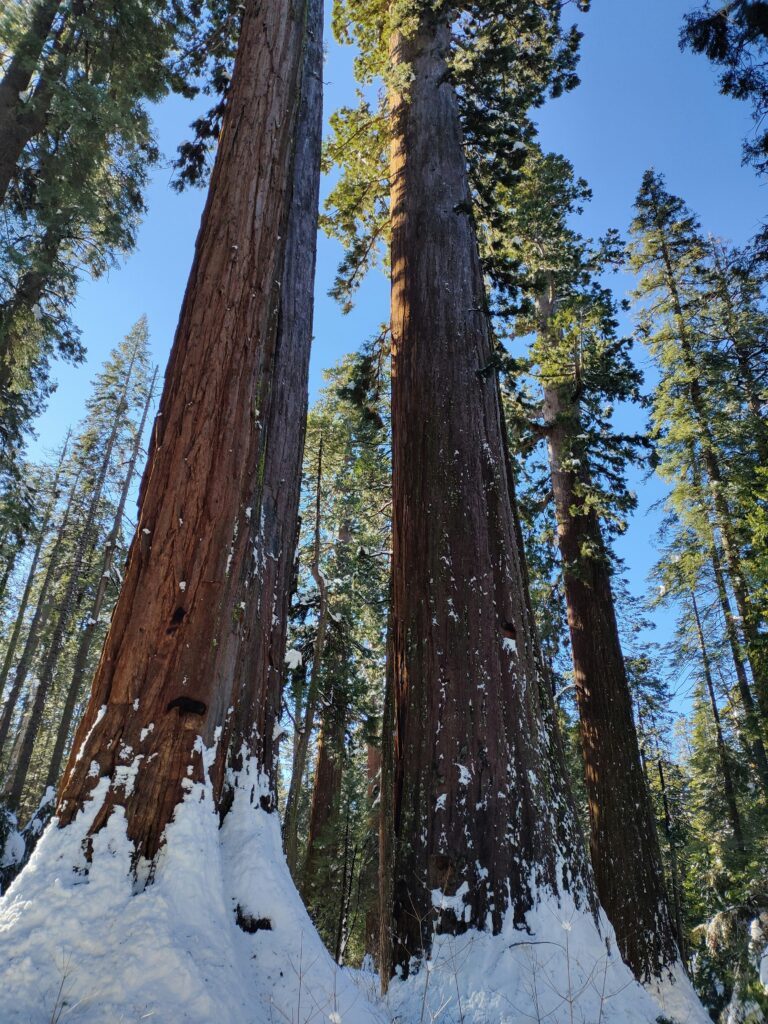
Impacts of Drought Conditions
California's drought conditions in 2024 are causing significant challenges. Water resources are strained and agriculture faces tough obstacles. Let's explore how these issues might affect you.
Water Resources
You may notice stricter water usage rules in your area. Reservoirs and snowpack are below normal levels, limiting water supply. This could mean shorter showers and less frequent lawn watering for you.
Some communities might face water shortages. You could see higher water bills as utilities work to secure additional sources. Conservation efforts become crucial – every drop counts!
Hydroelectric power generation may decrease. This could lead to occasional power disruptions or increased electricity costs for your household.
Wildlife habitats are also at risk. You might notice fewer fish in local streams or changes in bird migration patterns in your area.
Agricultural Concerns
Your grocery bills might increase due to drought impacts on farming. Crop yields could decrease, especially for water-intensive produce like almonds and rice.
Farmers in your region may need to:
- Switch to drought-resistant crops
- Invest in efficient irrigation systems
- Leave some fields fallow
This could affect the variety of local produce available to you at farmers' markets. You might also see changes in livestock practices, potentially impacting dairy and meat prices.
Rural communities may face economic challenges. If you live in or visit these areas, you could notice reduced tourism and outdoor recreation opportunities.
Wildfires and Weather Correlation
California's weather patterns play a crucial role in wildfire risks. Understanding the relationship between fire conditions and weather forecasts can help you stay prepared and safe during fire seasons.
Fire Weather
Fire weather conditions are closely linked to temperature, humidity, and wind patterns. Hot, dry weather increases the likelihood of wildfires igniting and spreading rapidly. In California, the fire season typically peaks in late summer and fall when vegetation is driest.
Strong winds, especially Santa Ana and Diablo winds, can exacerbate fire dangers. These winds can quickly spread flames and embers, making containment challenging. You should pay attention to red flag warnings, which indicate high fire risk due to warm temperatures, low humidity, and strong winds.
Lack of precipitation also contributes to fire risks. Extended dry periods leave vegetation parched and highly flammable. When rain and snow are scarce, the landscape becomes more susceptible to ignition.
Preventive Measures and Forecasts
To reduce wildfire risks, you can take several preventive steps based on weather forecasts. Create defensible space around your property by clearing dry vegetation. This is especially important during hot, dry periods.
Stay informed about local weather conditions and fire danger ratings. Many communities offer alert systems to keep you updated on potential fire threats. During high-risk periods, avoid activities that could spark fires, such as outdoor burning or using power equipment in dry areas.
Weather outlooks can help you plan ahead. For instance, predictions of a dry winter may signal increased fire risks in the following year. Conversely, wet winters can lead to more vegetation growth, potentially increasing fuel loads for future fire seasons.
Remember, your awareness and preparedness can make a significant difference in wildfire safety. Keep an eye on the forecast and adjust your activities accordingly to help protect yourself and your community.
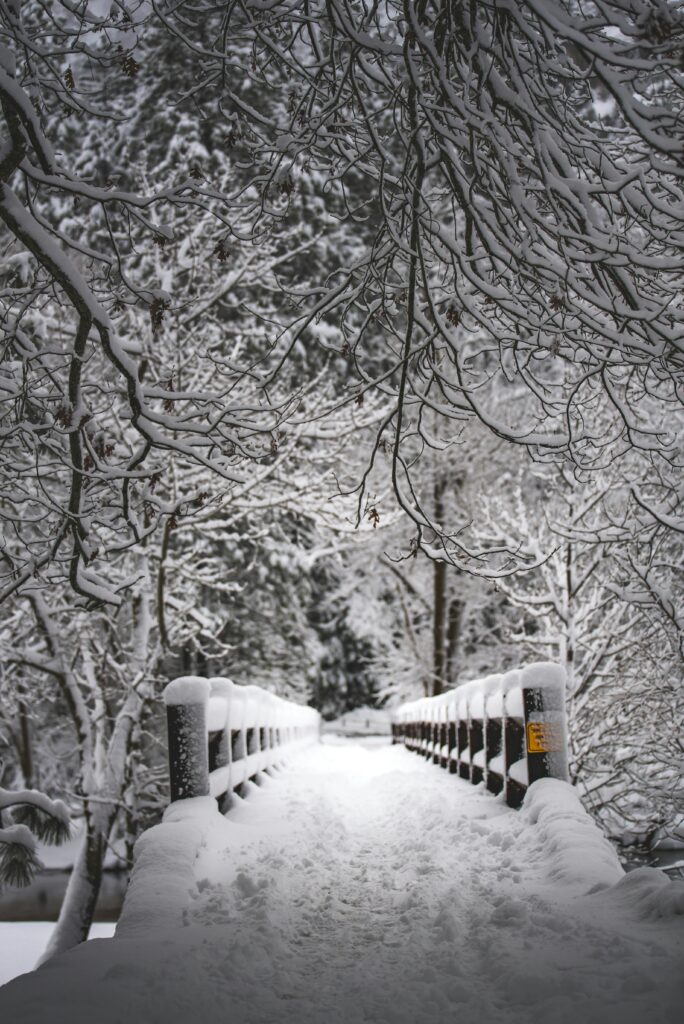
Snow and Winter Recreation
California's winter wonderland awaits you in 2024! Get ready for thrilling snow adventures and cozy mountain getaways. You'll find plenty of opportunities to hit the slopes and enjoy frosty fun across the state.
Peak Snowfall Times
You can expect the heaviest snowfall in California from January through March 2024. The Sierra Nevada mountains may see above-average snowfall during this period, especially in February and March. Keep an eye on storm systems rolling in from the Pacific, as they can bring sudden dumps of fresh powder.
Mid-week storms often mean fewer crowds on the slopes. Plan your trips accordingly to maximize your snow time. Remember, snow levels can vary greatly depending on elevation. Higher resorts like Mammoth Mountain tend to have more consistent snow throughout the season.
Ski Resorts Forecast
California's ski resorts are gearing up for an exciting 2024 season. Northern California resorts may see a mix of conditions, with potential for both above and below-average snowfall. Southern California resorts might experience slightly drier conditions.
Popular destinations like Lake Tahoe are preparing for a potentially strong second half of the season. You'll want to keep tabs on resort snow reports and weather forecasts as your trip approaches. Many resorts are investing in snowmaking capabilities to ensure good coverage even during drier spells.
Remember to book early for peak times like holidays and weekends. Some resorts may offer dynamic pricing, so you could save money by planning your visits during less busy periods.
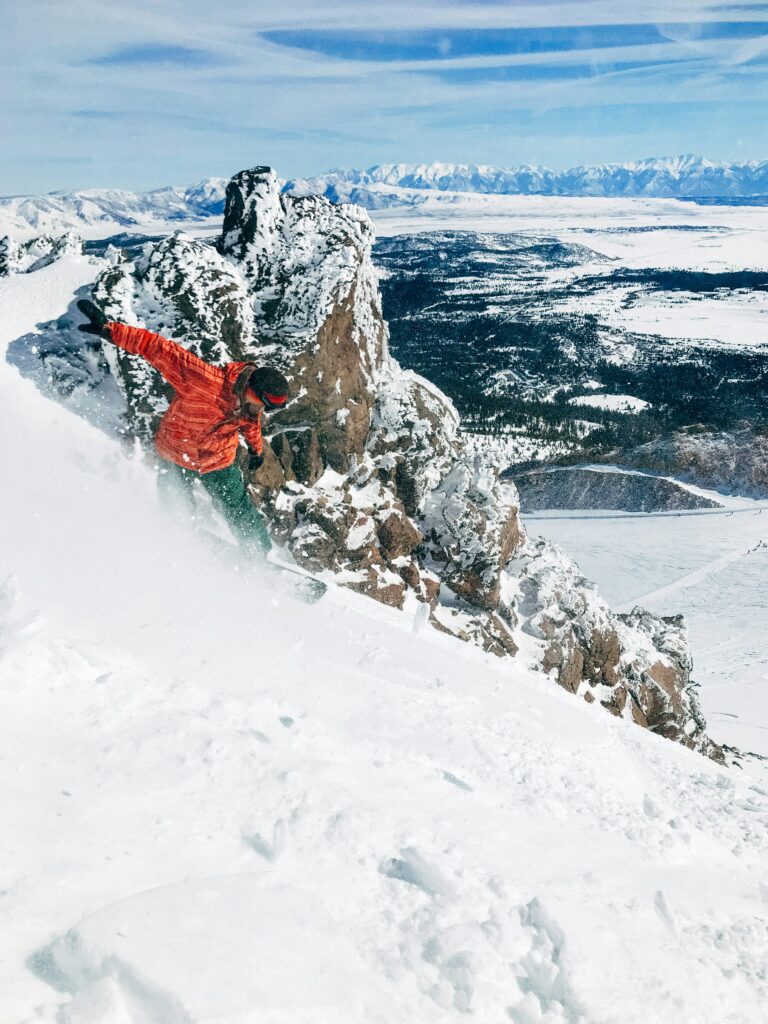
Cold Fronts and Storm Tracking
Cold fronts play a crucial role in California's winter weather patterns. Understanding these systems and tracking incoming storms can help you prepare for potential snowfall and harsh conditions.
Understanding Cold Fronts
Cold fronts are boundaries between warm and cold air masses. In California, they often bring dramatic changes in temperature and precipitation. As a cold front approaches, you might notice:
• Dropping temperatures • Increasing wind speeds • Shifting wind directions
These fronts can trigger snowfall in higher elevations of California, especially in the Sierra Nevada range. When cold air meets moisture-laden air from the Pacific, it creates ideal conditions for snow.
You'll typically see clouds building up as the front nears. The type of precipitation you experience depends on your location and elevation. Lower areas might get rain, while higher regions could see heavy snow.
Techniques for Storm Tracking
Keeping an eye on approaching storms helps you plan ahead. Here are some methods you can use:
- Check weather apps regularly
- Follow local meteorologists on social media
- Use NOAA's Weather Prediction Center for detailed forecasts
Satellite imagery can show you the movement of storm systems. Look for large cloud formations approaching from the west – these often indicate incoming cold fronts.
Pay attention to winter weather advisories and warnings issued for your area. These alerts can give you valuable information about expected snowfall amounts and dangerous conditions.
Remember, storm intensity can change quickly. Stay informed by checking updates frequently, especially if you're planning outdoor activities or travel during the winter months.

